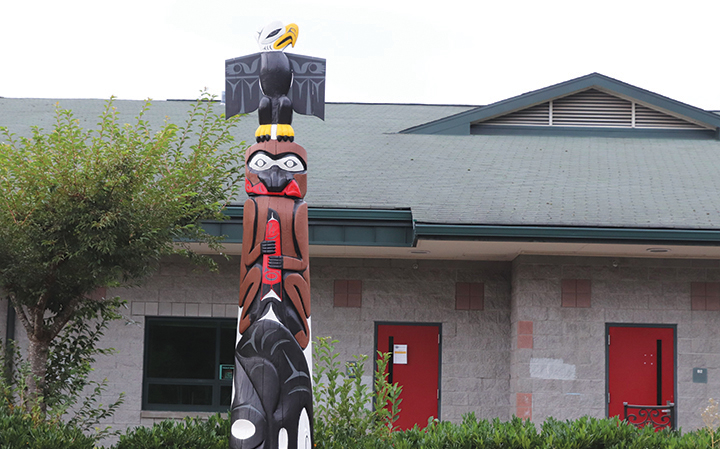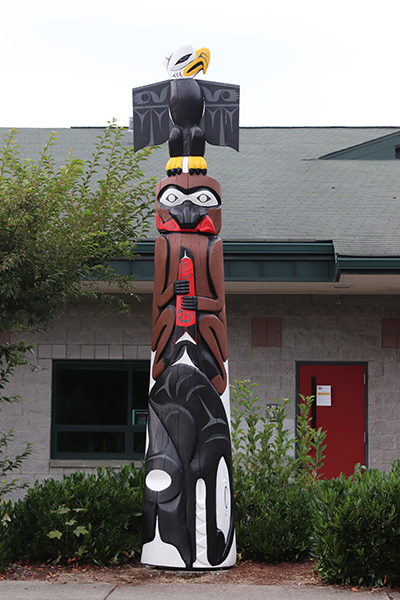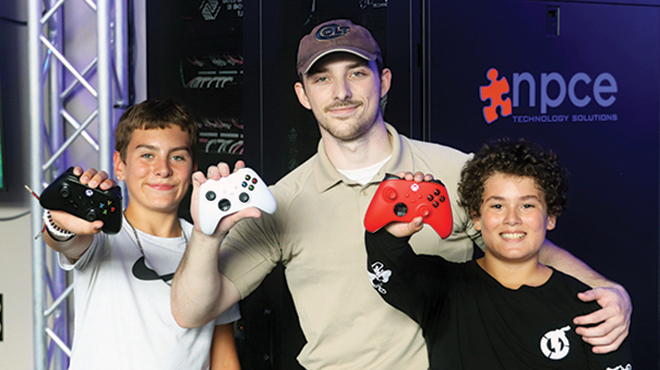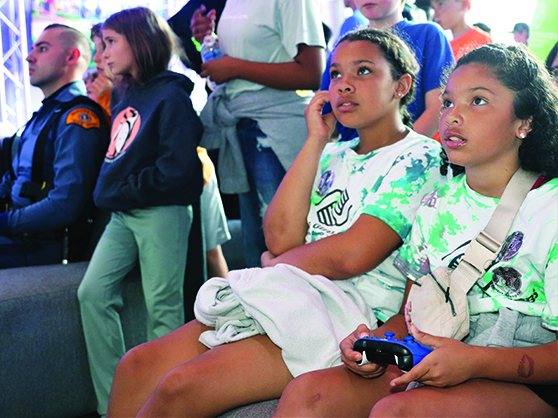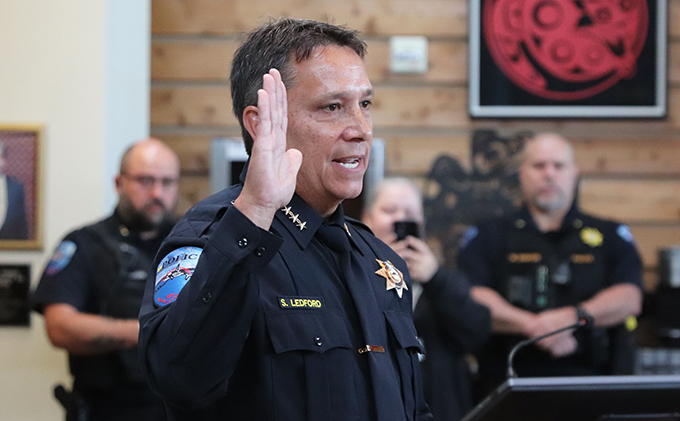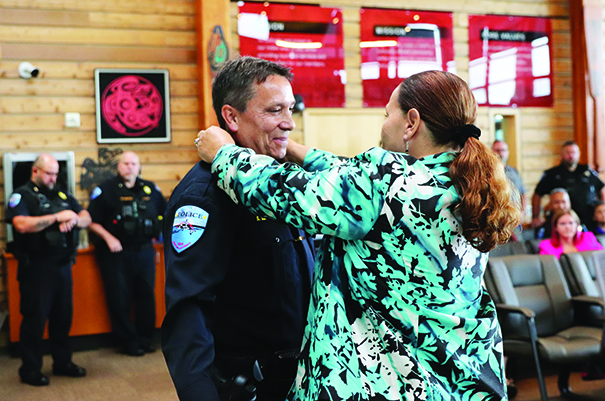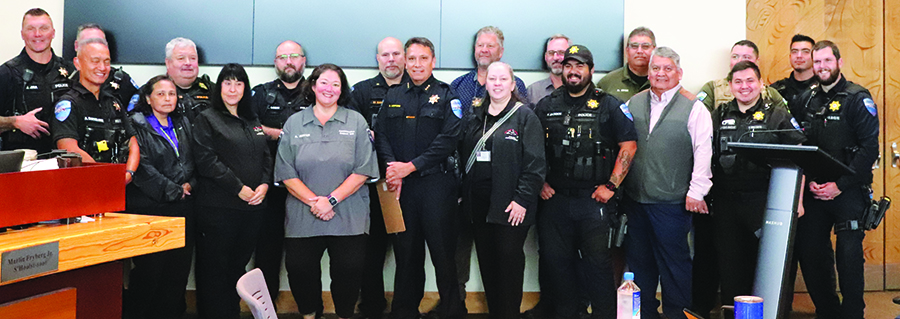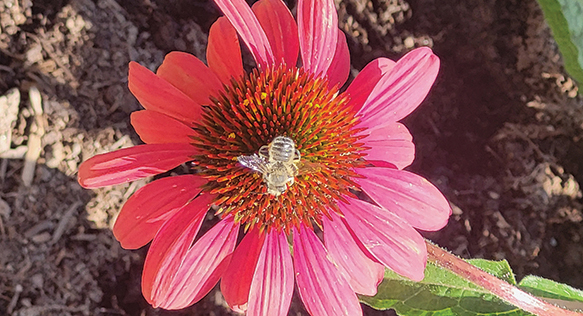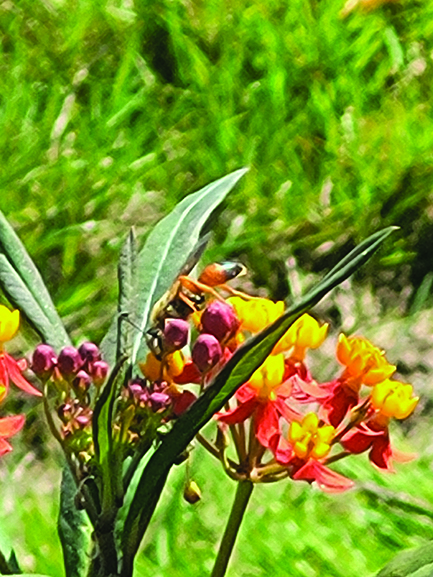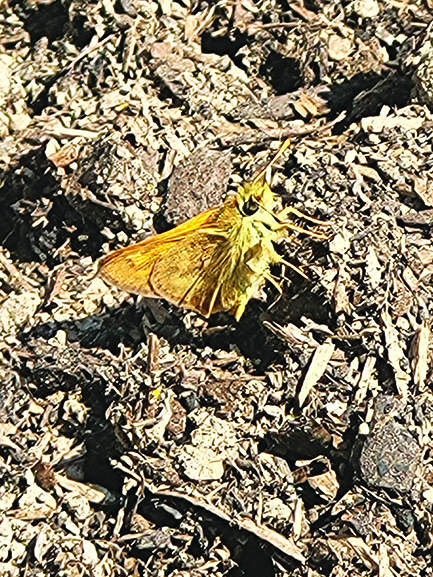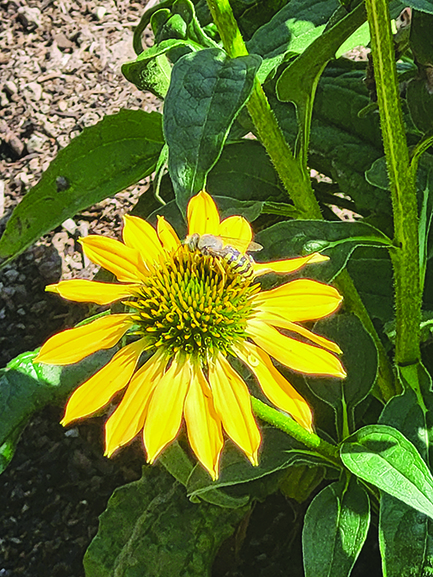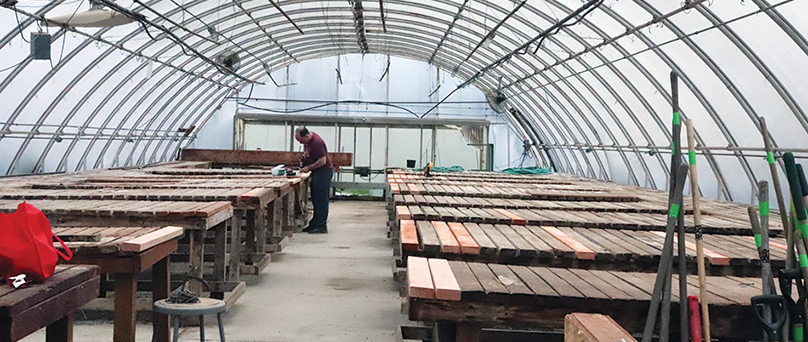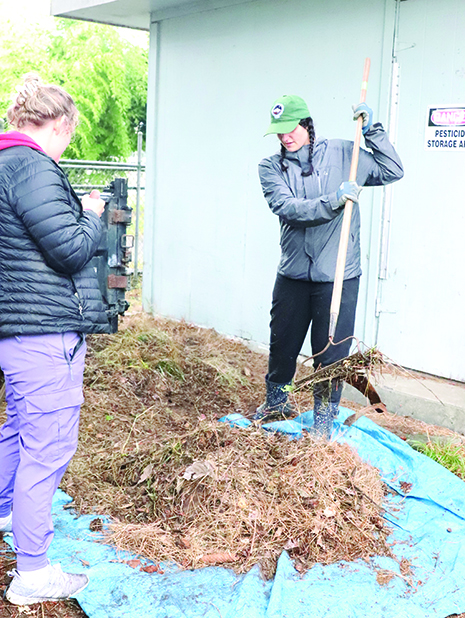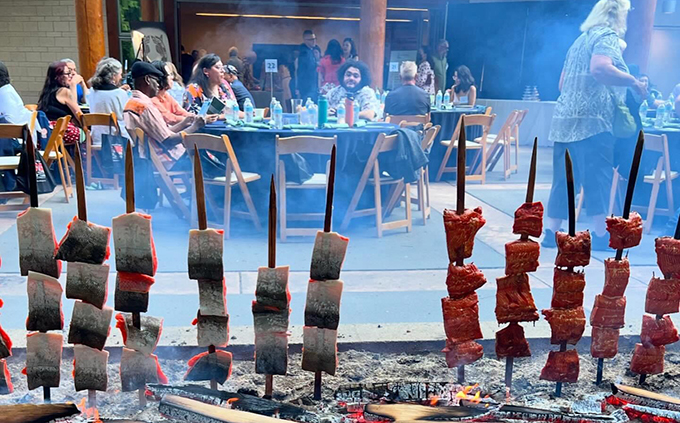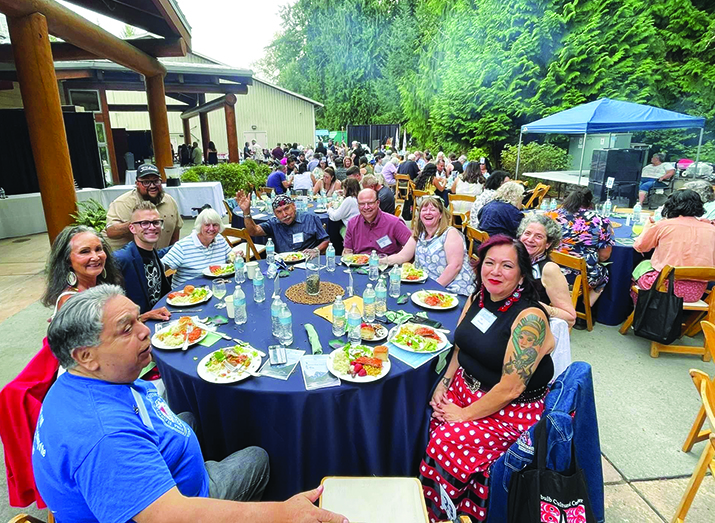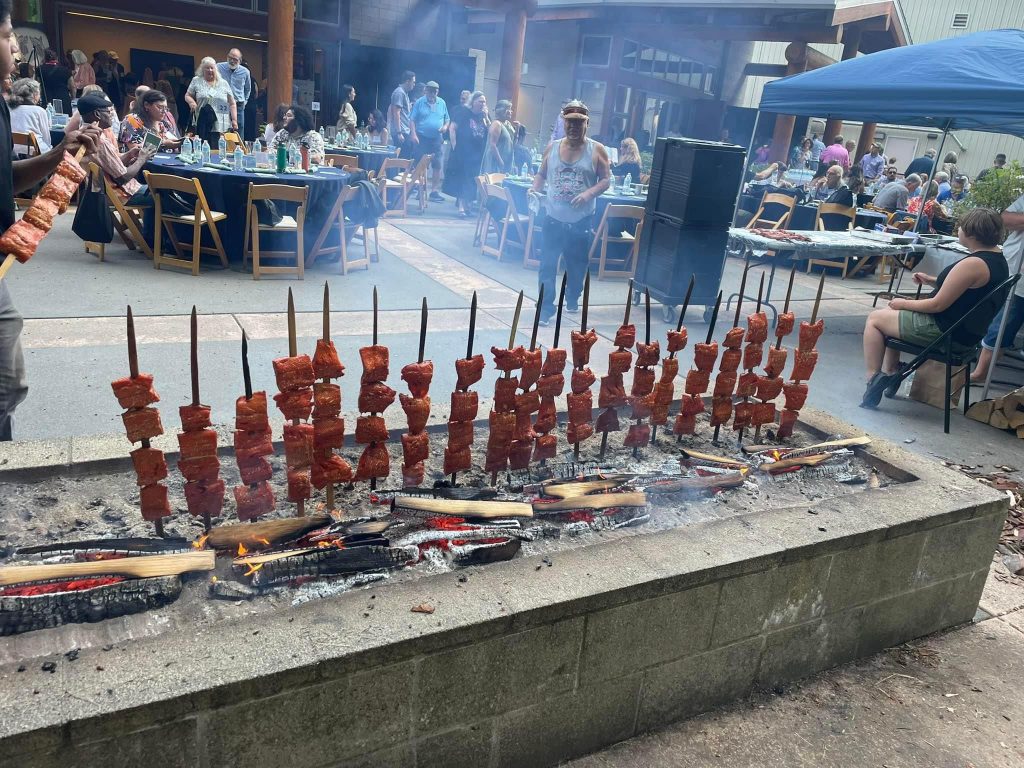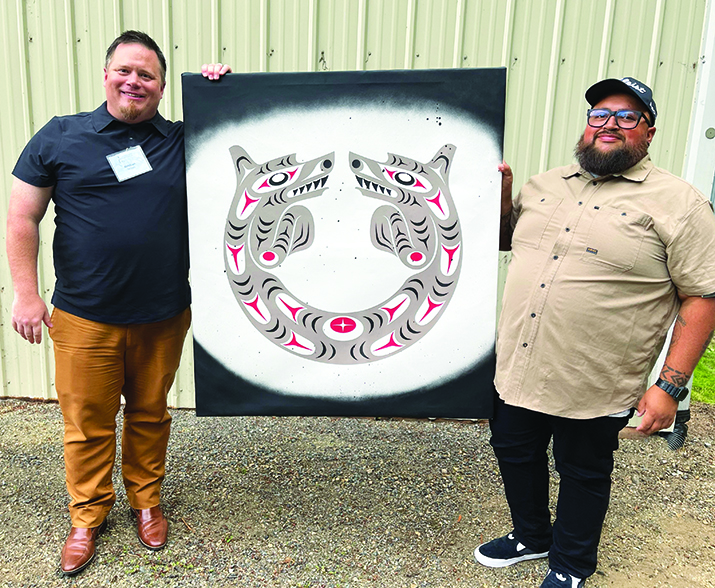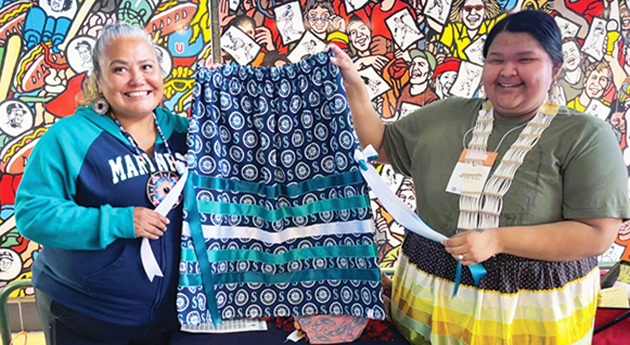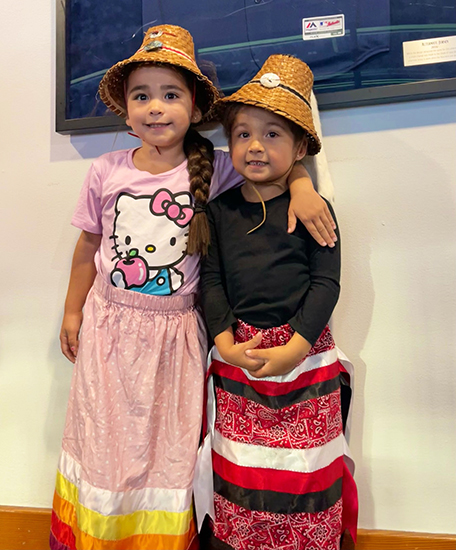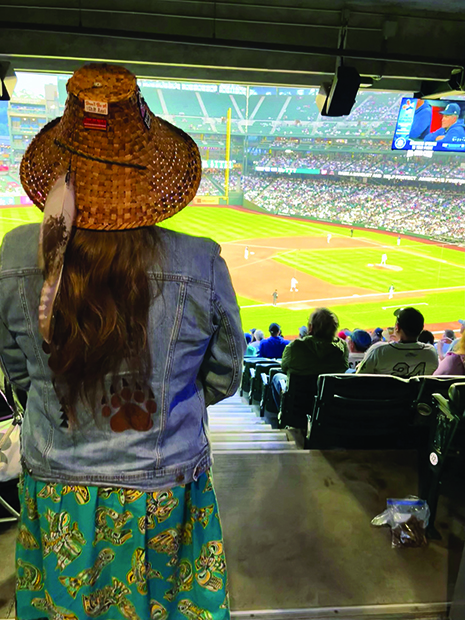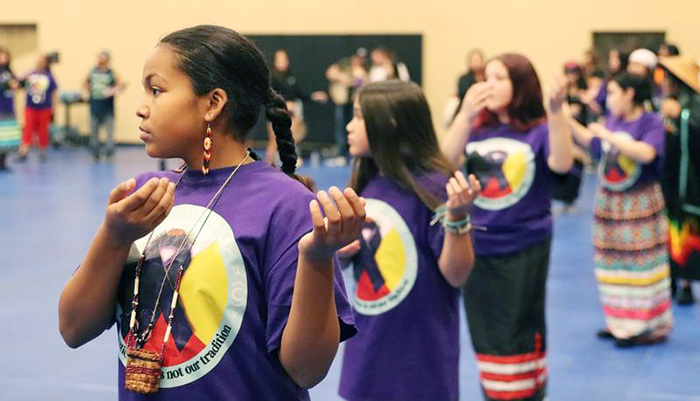
By Kalvin Valdillez, Tulalip News
Wow! Tulalip was treated to a fun and busy summer. The season was full of cultural enriching gatherings, such as the Salmon Ceremony, the annual Stick Games Tournament, Spee-Bi-Dah, and the Youth Canoe Journey. These were among many other community building events like the Pride Everyday celebration, the Back to School Bash, and the Health Clinic’s annual Health Fair.
With fall just weeks away, the Tulalip community is already in the midst of a change of pace and transitioning to what the Tribe is officially dubbing, the Season of Healing. Many of the events that will be held from now until the end of the year will be heavily focused on informing and supporting Tulalip’s membership and community about the impacts of generational trauma, and in turn, begin the healing process.
Secretary of the Tribe, Theresa Sheldon, shared, “The Tulalip Tribes Board of Directors support education and healing. We recognize that we may not see how the 75 years of the Indian boarding school that operated here in Tulalip still impacts our lives. As parents, as family members, and as community members of the Tulalip Tribes we are all still living in the consequences of federal assimilation policies. We have heard from the community the need to create safe places, create healthy conversations, and create a place of justice and healing. We hope the Season of Healing will begin this conversation and we hope to begin this hard work for our ancestors and for the next 7 generations to come.”
In addition to the handful of events that are a part of the Season of Healing, there are numerous other gatherings that you will want to keep on your radar throughout the next few months. We’ve compiled a detailed list of upcoming events, so be sure to mark them down on your calendars because you are not going to want to miss out.
- September 7 – Beginner Wool Weaving with Tillie Jones
- Where: Hibulb Cultural Center
- When: 10:00 a.m. – 4:00 p.m.
- September 9 – Weaving Love into our lives: Post Boarding School Era with Serene Thin Elk
- Where: Tulalip Gathering Hall
- When: Dinner at 5:00 p.m., Workshop at 6:00 p.m.
- *Please RSVP at: https://app.smartsheet.com/b/form/ce6877abd9f44c969fcfb6cbbb0719aa
- September 14 – Yarn Dolls with Melissa Gobin
- Where: Hibulb Cultural Center
- When: 1:00 p.m. – 4:00 p.m.
- September 16 – Our Traditional Foods Are Powerful with Lindsey Crofoot
- Where: Tulalip Gathering Hall
- When: Dinner at 5:00 p.m., Workshop at 6:00 p.m.
- *Please RSVP at: https://app.smartsheet.com/b/form/ce6877abd9f44c969fcfb6cbbb0719aa
- September 19 – Exclusive Tribal Member Hiring Event
- Where: 31st Ave. Campus, Suite C
- When: 10 a.m. – 2:00 p.m.
- September 21– Cedar Basket Weaving with Jamie Sheldon
- Where: Hibulb Cultural Center
- When: 1:00 p.m. – 4:00 p.m.
- September 23 – Mental & Physical Power Begins With Self with Sheldon Smith
- Where: Tulalip Gathering Hall
- When: Dinner at 5:00 p.m., Workshop at 6:00 p.m.
- *Please RSVP at: https://app.smartsheet.com/b/form/ce6877abd9f44c969fcfb6cbbb0719aa
- September 28 – Beginner Wool Weaving with Tillie Jones
- Where: Hibulb Cultural Center
- When: 10:00 a.m. – 4:00 p.m.
- September 30 – National Day of Remembrance
- Where: Tulalip Gathering Hall
- When: Dinner at 5:00 p.m., Workshop at 6:00 p.m.
- October 3 – Art Class at Hibulb with Ty Juvinel
- Where: Hibulb Cultural Center
- When: TBD
- October 4-5 – NW Native American Basketweavers 27th Annual Gathering
- Where: Tulalip Gathering Hall
- When: TBD
- October 7 – Learning to work through Loss & Grief
- Where: Tulalip Gathering Hall
- When: Dinner at 5:00 p.m., Workshop at 6:00 p.m.
- *Please RSVP at: https://app.smartsheet.com/b/form/ce6877abd9f44c969fcfb6cbbb0719aa
- October 10 – Art Class at Hibulb with Ty Juvinel
- Where: Hibulb Cultural Center
- When: TBD
- October 14 – Indigenous Peoples Day celebrating with Papahana Aloha Aina Hawaii
- Where: Tulalip Gathering Hall
- When: Dinner at 5:00 p.m., Workshop at 6:00 p.m.
- *Please RSVP at: https://app.smartsheet.com/b/form/ce6877abd9f44c969fcfb6cbbb0719aa
- October 17 – Art Class at Hibulb with Ty Juvinel
- Where: Hibulb Cultural Center
- When: TBD
- October 21 – Violence in Indian Country is not traditional
- Where: Tulalip Gathering Hall
- When: Dinner at 5:00 p.m., Workshop at 6:00 p.m.
- *Please RSVP at: https://app.smartsheet.com/b/form/ce6877abd9f44c969fcfb6cbbb0719aa
- October 24 – Art Class at Hibulb with Ty Juvinel
- Where: Hibulb Cultural Center
- When: TBD
- October 25 – Domestic Violence Awareness Month Coastal Jam
- Where: Greg Williams Court
- When: 6:00 p.m. – 10:00 p.m.
- October 25 – Tulalip Halloween Party
- Where: Tulalip Gathering Hall
- When: 5:00-8:30
- October 27 – Together We’re Better Trunk or Treat
- Where: Tulalip Boom City
- When: 3:00-5:00
- October 28 – Our Story Begins with Us
- Where: Tulalip Gathering Hall
- When: Dinner at 5:00 p.m., Workshop at 6:00 p.m.
- *Please RSVP at: https://app.smartsheet.com/b/form/ce6877abd9f44c969fcfb6cbbb0719aa
- October 31 – Art Class at Hibulb with Ty Juvinel
- Where: Hibulb Cultural Center
- When: TBD
- November 1- Coastal Jam Ballot Party
- Where: Tulalip Gathering Hall
- When: Dinner at 5:30 p.m., coastal jam and raffle to follow
- November 28 – Tulalip Tribes Thanksgiving Luncheon
- Where: Tulalip Resort Casino
- When: 12:00-2:00
- December 25 – Tulalip Tribes Christmas Luncheon
- Where: Tulalip Resort Casino
- When: 12:00-2:00
*Please keep in mind that all events, times, and locations are subject to change.*
